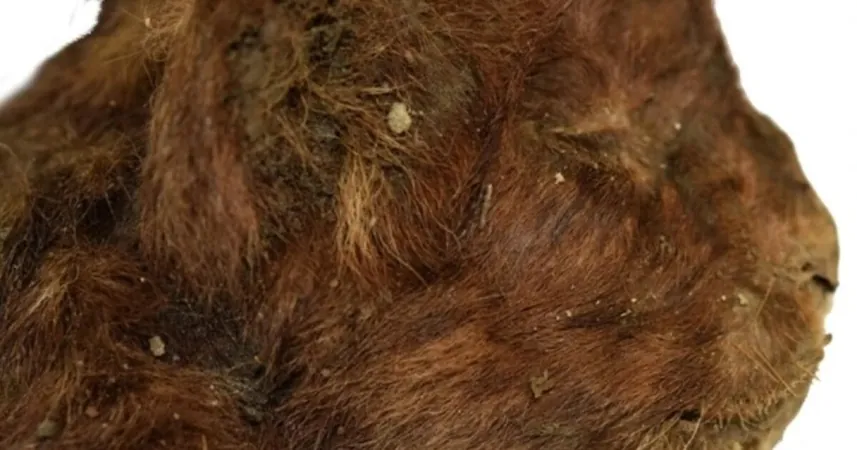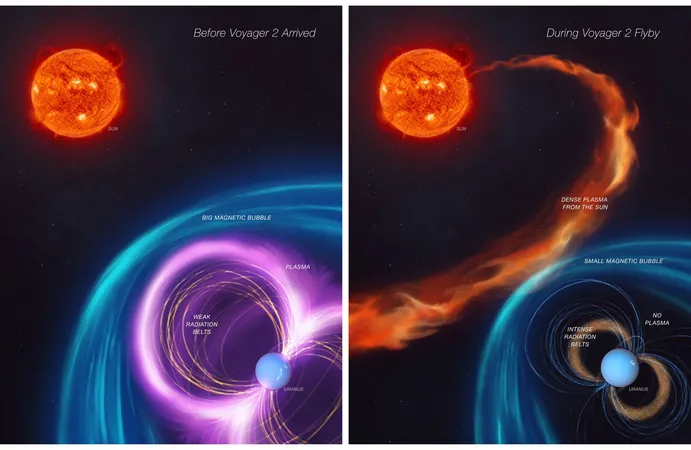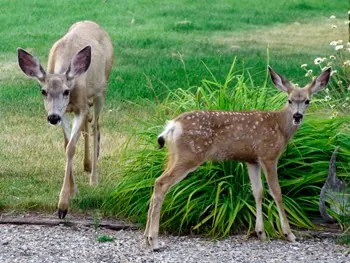
Incredible Discovery: 35,000-Year-Old Saber-Toothed Kitten Unearthed in Siberian Permafrost!
2024-11-17
Author: Amelia
In a jaw-dropping find, scientists have unearthed a remarkably preserved saber-toothed kitten in the frozen expanses of Siberia, dating back a staggering 35,000 years. This extraordinary discovery was made in Russia's northeastern Sakha Republic, also known as Yakutia, and published recently in the journal Scientific Reports.
The mummified kitten, estimated to be only three weeks old at the time of its death, was found in pristine condition, showcasing its whiskers, claws, and a luxurious coat of short, thick, dark brown fur—measuring approximately 20 to 30 millimeters long. However, the cause of this young creature's untimely passing remains a mystery.
This unique preservation offers an invaluable opportunity for researchers to dive deep into the study of extinct species. As the authors of the scientific paper point out, this marks a historic moment in paleontology, providing the first detailed examination of a species—Homotherium latidens—that has no current equivalents in today’s fauna.
Famous for their impressive canine teeth, saber-toothed cats like the Homotherium were formidable predators, thriving during the Pleistocene period. It's believed these magnificent beasts went extinct around 12,000 years ago, coinciding with the end of the last Ice Age.
Radiocarbon dating confirms that the kitten had been frozen in time for thousands of years. For the first time, scientists have been able to identify physical traits such as fur texture and the anatomical structure of its muzzle. Notably, the kitten exhibited wider paws without the carpal pads found in modern felines, indicating adaptations that may have aided in navigating deep snow.
In addition to its distinctive paw structure, the cub possessed a robust neck and an atypically shaped muzzle, alongside small ears and elongated forelegs. The findings illuminate the evolutionary differences between this ancient kitten and current lion cubs, emphasizing the unique adaptations of saber-toothed cats.
This remarkable discovery follows a series of notable paleontological finds in Siberia. Recently, gold miners uncovered a woolly mammoth with an intact horn, and scientists released findings from a necropsy of a completely mummified wolf from the last Ice Age found in the same region.
Siberia’s harsh cold and dry climate create optimal conditions for preserving ancient specimens, effectively acting as a time capsule that reveals the Earth’s distant biological past. With each new discovery, researchers are not only unveiling the secrets of extinct species but also piecing together the intricate fabric of our planet's history.
Stay tuned as future explorations continue to shed light on these extraordinary glimpses into a world long gone!









 Brasil (PT)
Brasil (PT)
 Canada (EN)
Canada (EN)
 Chile (ES)
Chile (ES)
 España (ES)
España (ES)
 France (FR)
France (FR)
 Hong Kong (EN)
Hong Kong (EN)
 Italia (IT)
Italia (IT)
 日本 (JA)
日本 (JA)
 Magyarország (HU)
Magyarország (HU)
 Norge (NO)
Norge (NO)
 Polska (PL)
Polska (PL)
 Schweiz (DE)
Schweiz (DE)
 Singapore (EN)
Singapore (EN)
 Sverige (SV)
Sverige (SV)
 Suomi (FI)
Suomi (FI)
 Türkiye (TR)
Türkiye (TR)